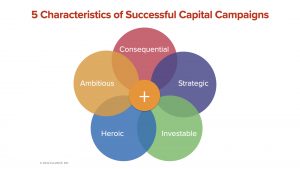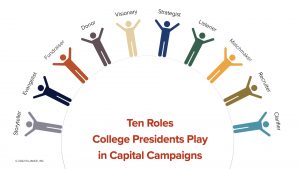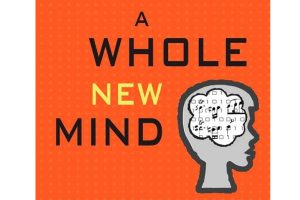
This post was informed by our agency experience with clients and partially inspired by my reading of Jim Langley of Langley Innovations’ books on fundraising. It’s naive to think that everyone associated with the college is a prospective donor. It’s equally naive to expect that alumni who show up at glitzy events or receive slick […]




